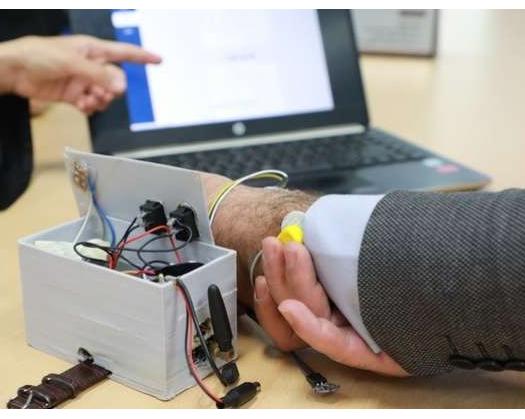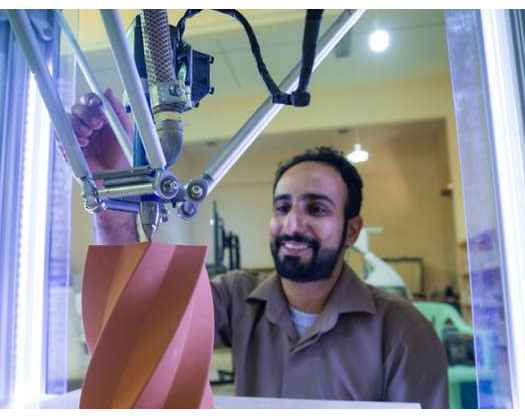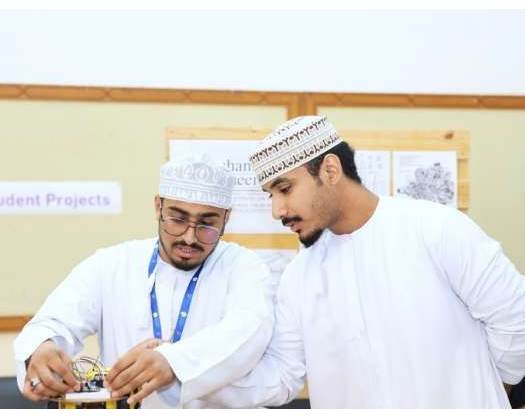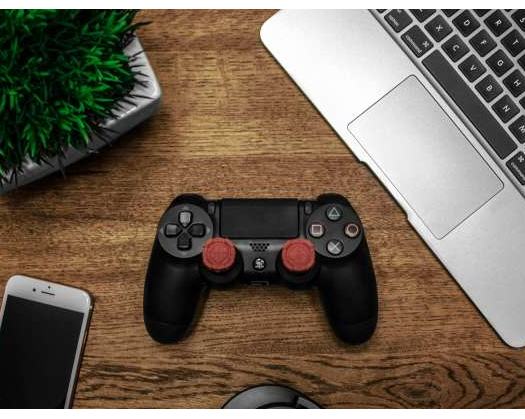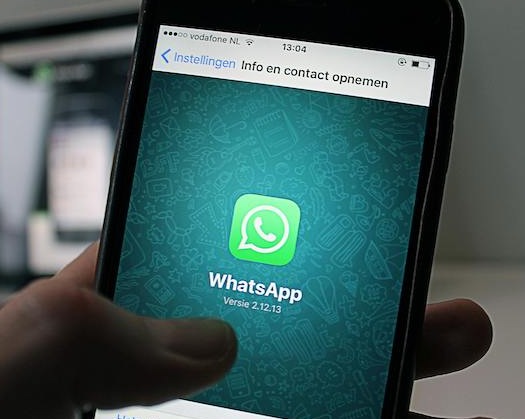Muscat: Two Omani students from Sohar University in North Al Batinah Governorate have developed a smart bracelet and accompanying application for the early detection of epileptic seizures.
Aisha Al Omari and Lamia Al Saadi, both students at Sohar University, have successfully created a smart bracelet that utilizes IoT technology to detect epileptic seizures at an early stage. The innovative device aims to provide prompt medical assistance to patients experiencing severe seizures.
Aisha bint Salem Al Omari explained, "The concept behind the bracelet revolves around its smart design and the integration of wearable IoT technology. It is capable of detecting two key indicators of severe epileptic seizures: muscle activity and heart rate. Once these indicators are detected, the bracelet sends a wireless alert to caregivers, notifying them through phone calls, text messages, and audible alarms. This ensures that the patient receives immediate help, minimizing any potential risks. Additionally, we have developed an application that tracks vital signs and records the timing of epileptic seizures."
Al Omari emphasizes that the smart bracelet project underwent various stages. Initially, the planning and research stage involved studying the need for the device, exploring available technologies, analyzing the market, and determining the required features. Subsequently, the design and development stage encompassed designing the bracelet, developing electronic components, software, and applications.
Following this, the bracelet underwent a trial and testing phase, where it was evaluated on a selected group of patients to ensure its effectiveness and accuracy in detecting seizures. This was succeeded by the manufacturing and production phase, where the bracelet was produced in commercial quantities for distribution. Consequently, the marketing and distribution phase commenced, involving the promotion of the bracelet to potential users and its distribution in appropriate markets.
Furthermore, the after-sales support phase provided technical assistance, maintenance, software updates, and product development based on user feedback and technological advancements.
Al Omari affirms that the primary objective of the smart bracelet is to enhance the quality of life for epilepsy patients. It aims to accurately monitor seizures, send timely warnings, and increase awareness about epilepsy and how to support patients.
Lamia Bit Hashel Al Saadi elaborates on the uses of the smart bracelet, its components, and future development ideas. The bracelet serves to identify epileptic seizures, send alarms to aid patients promptly, and track vital activities. Additionally, it provides early warnings of seizures and supplies doctors with accurate data to improve the treatment process.
Al Saadi provided an explanation regarding the components of the bracelet, which include an EMG measuring device, a heart rate sensor, electronic parts, units for internet and tracking, a power source, a switch, and other electronic and electrical parts. Additionally, the accompanying smartphone application consists of a page for the doctor, another page for the patient, and various medical, treatment, and other information.
Furthermore, Al Saadi mentioned that several development ideas have been generated and are currently being worked on. These ideas encompass enhancing sensor technologies to improve detection accuracy, refining the application interface to offer users more information and functions, and expanding the scope of clinical trials to validate the device's effectiveness.

